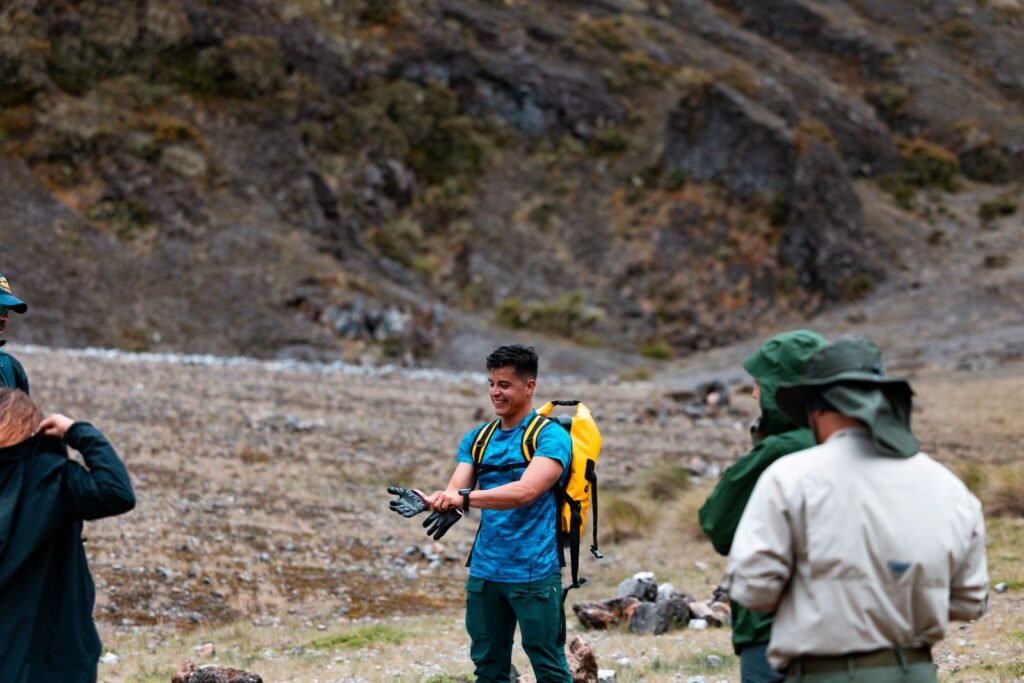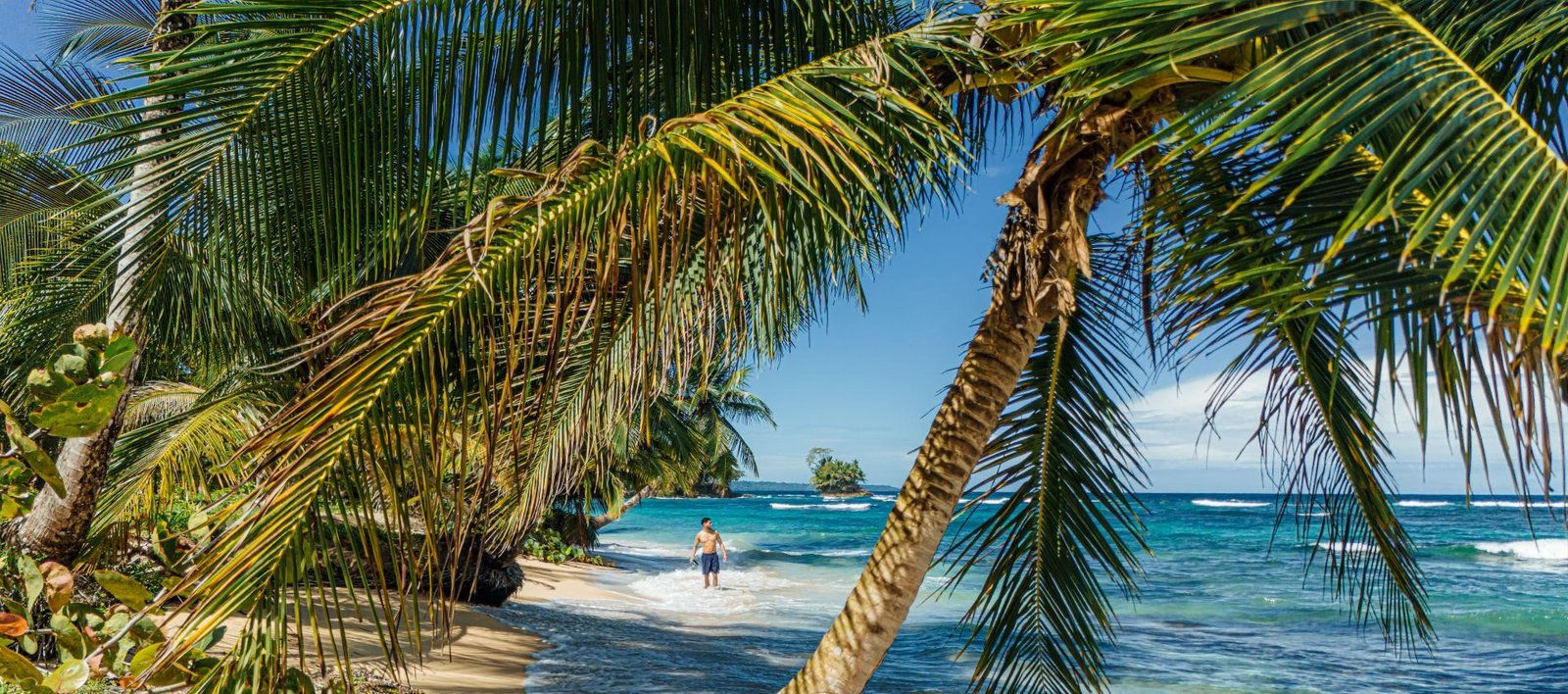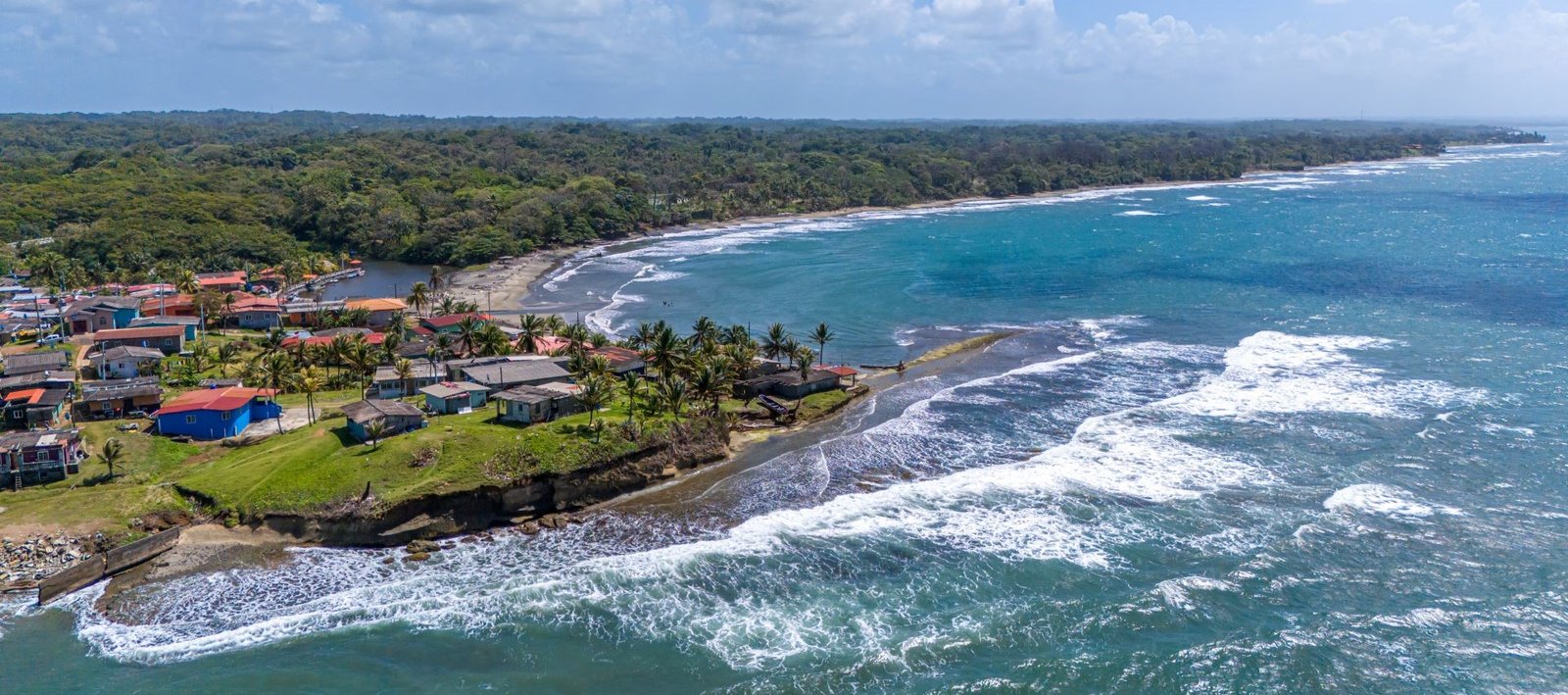
Barú Volcano: Understanding Panama from Its Summit
The Isthmus of Panama can be understood in many ways (I know this well, as I write about it every month). Yet the essence of what Panama truly is takes on its fullest meaning at the summit of the country’s highest point. Seeing both oceans with just a turn of the head captures the spirit of local tourism: closeness, abundance, and “so much all together.” Add to this the climb along the Los Llanos trail, which begins in the town of Volcán, and the experience becomes surreal. Join us at Volcán Barú National Park, through the less-traveled and recently improved side.
By Alexa Carolina Chacón
Photos: Paul Castillero

Panama is a country of short yet intense journeys. In just a few hours you can go from sea to mountain, from the Caribbean to the Pacific, from a bustling capital to the silence of the forest. It is also a country that is learning to see in its most iconic and powerful natural treasures the answer to many questions about tourism. Proof of this is the investment in signage and the improvement of important trails throughout the country. This hike had a clear purpose: to see firsthand, alongside Adrián Benedetti, director of the National Association for the Conservation of Nature (ANCON), the upgrades made to the Barú Volcano route via the Los Llanos side, starting in the town of Volcán.
We made the journey with David Miranda, certified guide and founder of We Love Boquete; Joseph Stanley, park ranger of the area; and Sara Borrero, manager of the Boquete Visitors Center.
The improvements carried out by the Ministry of Environment are significant. Three rest areas with safe structures have been added (including a new wooden viewpoint), hundreds of steps with railings that stabilize the trail, interpretive signage on the ecology and geology of the national park, and camping platforms both at the volcano’s crater and in the Los Fogones area. Climbing through Los Llanos today is indeed a demanding experience, but it is also much safer, more educational, and more sustainable.

The Northern Route

The vast majority of people who climb Barú do so from Boquete, as it is the town with the most lodging options and the easiest access. However, true adventurers recognize in the trail that begins in Volcán the absolute beauty of the Chiriquí Highlands. Unlike the dirt road with large rocks and tree cover that connects Boquete to the summit, the Los Llanos path is a more technical and demanding trail, crossing at least five types of ecosystems. It also offers the best views: from the very first steps to the summit, the surroundings are nothing short of magical.
We made the journey with David Miranda, certified guide and founder of We Love Boquete; Joseph Stanley, head of Volcán Barú National Park; and Sara Borrero, manager of the Boquete Visitors Center. A team that not only knows the trail but also cares for it and interprets it with sensitivity.
From Boquete to Volcán: The Night Before
Although most people climb Barú at dawn, we chose to hike during the day. We left Boquete the night before and headed to Volcán, where we slept a few hours to start fresh at sunrise. The chill of the Chiriquí winter could be felt since early morning. By 6:00 a.m., we were already at the national park checkpoint in Los Llanos, sipping hot coffee offered by the park rangers before setting off. At exactly 6:15, we crossed the entrance gate and began the ascent. It is essential to register here before starting, and, by park regulations, the hike must be done accompanied by a certified guide.
After the challenge of climbing La 45, a newly inaugurated viewpoint awaits, where the jungle embraces you.

A Trail Climbed in Layers
The route through Volcán is not long in distance, barely reaching seven kilometers, but it makes up for it in slope, altitude, and ecological diversity. Each stretch has its own character. The trail begins in Los Llanos, a natural savanna where wild agave grows, its flowers reaching up to ten meters before dying. It was my first time climbing the volcano. I started with high expectations and a knot in my throat. What followed was a challenge for everyone in the group. As its name suggests, this part of the path gives the calves a bit of a break, with large rocks but without pushing the body too hard just yet.

After passing Los Llanos, we reach the favorite part for many: the Witches’ Forest, a humid woodland of oaks, cedars, and guarumos, home to quetzals and whispering bamboo. It feels like stepping into Alice in Wonderland. The trail is narrow, so you cannot help but feel one with the moss. This is a place that inspires conversation with your fellow hikers. You’ve already been walking for quite some time, but your lungs feel at home here. I dare say, without fear of being wrong, that the best photos of the journey came from this spot. It is a good omen to be in high spirits in this section, because what follows is the true Volcano.

Just before setting off again after a break, I tell Adrián that I feel surprisingly good for being halfway there. With his overflowing charisma, he replies, “I’m glad, you’re going to need it.” La 45 is the steepest stretch, leading into the forest of mosses and lichens. Here the vegetation changes radically, and endemic plants appear amid the mist. Resting here feels less comforting than in the earlier sections. It makes sense, we are higher up.
The next phase seems straight out of a page by J. R. R. Tolkien. El Arenal, also called “Mordor,” is a sandy, fragile terrain where vegetation disappears and the fog takes center stage. This is where the improvements make the biggest difference. In contrast to the previous sections, here the ground is loose, and with every step forward you slide a little backward. The newly installed steps help with the climb and prevent erosion.


The final part of the journey begins with the crater, a rocky plain without vegetation, exposed to the sun, the nighttime cold, and strong winds. Here, Barú catches you by surprise. You think you have arrived, that it is time to rest, but the truth is the summit is still two hundred meters away. That stretch still demands your legs and your spirit. What comes next is a wall, safe and well marked, but here the heart creaks louder than any joint. At the top, metal stairs lead you to the cross, the ultimate symbol that you have reached the highest point in Panama.
At exactly 3,475 meters above sea level, heavy rain began to fall. It had not rained during the entire hike. Barú waited for us to climb dry, and once at the top, it reminded us who is in charge.
A Night at the Top of the Country

Unlike the dirt road with large rocks and tree cover that connects Boquete to the summit, the Los Llanos route is a more technical and demanding trail, crossing at least five different types of ecosystems.
We camped at the country’s summit. The night was cold, with temperatures close to 5 °C, but we slept warmly bundled up. David prepared us a picnic breakfast as the sky began to clear. And yes, we saw both oceans from the same peak: the Caribbean to the north and the Pacific to the south. Not everyone manages to do it. That sunrise was the best summary of Panama, powerful, compact, and glorious.
Beyond the personal experience, this trail holds special value for national tourism and environmental conservation. “The experience of walking (and surviving) the Los Llanos trail to the summit of Barú Volcano is unlike anything else, because of the sum of all the elements that come together in a single seven-kilometer route: crossing five different worlds, the views, the cold climate, walking and camping in the crater of a volcano, the physical challenge of the climb, and, at the end, seeing both seas at sunrise. It makes you feel an immense respect for nature and gratitude for being alive. Nothing else brings together so many experiences at once, but that is Panama. It changes you in seven kilometers,” says Adrián.

Descent through Boquete
Once we had taken all the photos possible and celebrated the feat of the previous day, we began the descent on the Boquete side in a modified 4×4, skillfully driven by David. Seeing both sides of the mountain allows for comparison: Boquete is more traveled, more structured, but also less intimate. The ideal way is what we did, climbing up through Volcán, descending through Boquete, and understanding Barú from all its angles.


Climbing Barú Volcano is a physical act, but also a spiritual one. It is not a snow-capped peak nor an alpine summit; it is something else. It is a tropical summit, green and windswept, that imposes itself with humility. From above, everything becomes clearer: the oceans, the valleys, the jungle, and above all, one’s own smallness in the face of a country that still keeps secrets hidden in the mist.
Race facts
- Altitude: 3,475 meters feet above sea level. m.
- Estimated distance (one way): 7.3 km
- Ascent time: seven hours (including rests, technical stops, and work breaks for photos).
- Difficulty: 9/10
- Route type: cloud forest, páramo, and volcanic terrain.
- Guide and registration: mandatory at the Los Llanos Checkpoint.
Essentials
- Layered, waterproof clothing.
- Hiking boots.
- Trekking poles.
- Headlamp.
- Water (can be refilled halfway along the trail).
- Hat, gloves, sunscreen, and a sleeping bag if you plan to spend the night.
- High-calorie snacks.




Leave a Reply